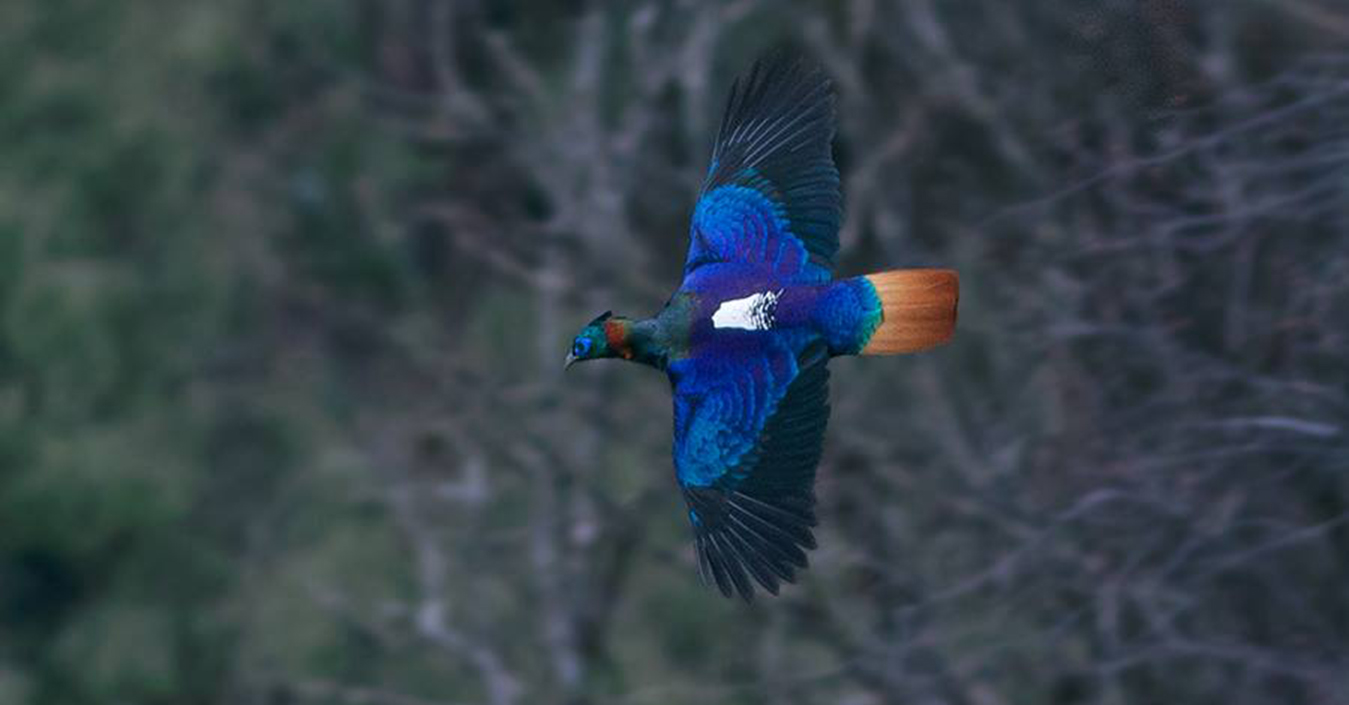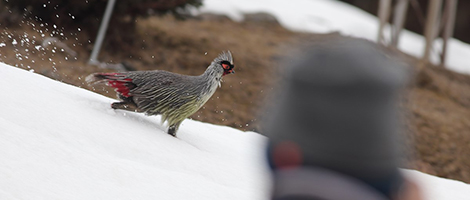
Sikkim

Sikkim

Sandwiched between the Sino-Himalayan hill countries - Nepal and Bhutan; Sikkim has the most diverse landscape amongst all the sister states of northeast India. And the resultant fauna list comprises a great variety of mammalian and avian species. High-altitude glacial landforms, Cold Deserts, Sino-Himalayan Alpine forests, Bamboo thickets, mixed montane Oak-birch-Rhododendron forest, Lesser Himalayan Broadleaf forests, the Teesta Rangit basin are home to Tibetan Sand Fox, Red Panda, Musk Deer, and Yellow-bellied Weasel.
All the glaciers and adjoining glacial lakes are situated in the north district. Areawise covers, almost 60% of the land area of Sikkim. Apart from glacial lake complexes and periglacial landforms; the Tibetan plateau, alpine conifer variety, bamboo vegetation, steep mountainous gorges, and numerous waterfalls astride this picturesque area. The most popular birding areas are along the Lachen axis and along the Lachung axis. Apart from that, Dzonghu hills - a Lepcha reserve is also a nice place for birding in North Sikkim.
- Lachen - Thangu Valley - Gurudongmar Plateau
Lachen valley is a very popular birding destination because it meets the Tibetan plateau and along this axis, only one can cover the greatest variety of altitudes and can cover all the targetted avian and mammal species of the region. From Chungthang bifurcation at 5,700 ft up to Gurudongmar Plateau at 17,400 ft you can cover a great variety of colorful avian beauties of the Eastern Himalayas. - Lachung - Singba Rhododendron Sanctuary - Yumthang Valley
Singba Rhododendron Sanctuary is the most important bird area along this axis. In summer this entire sanctuary blooms and attracts breeding birds of the region.
(Will update more on this ...)
